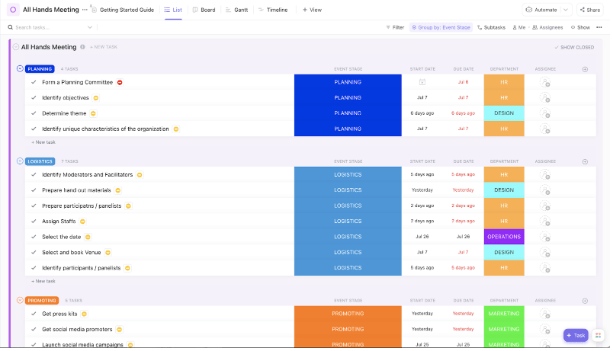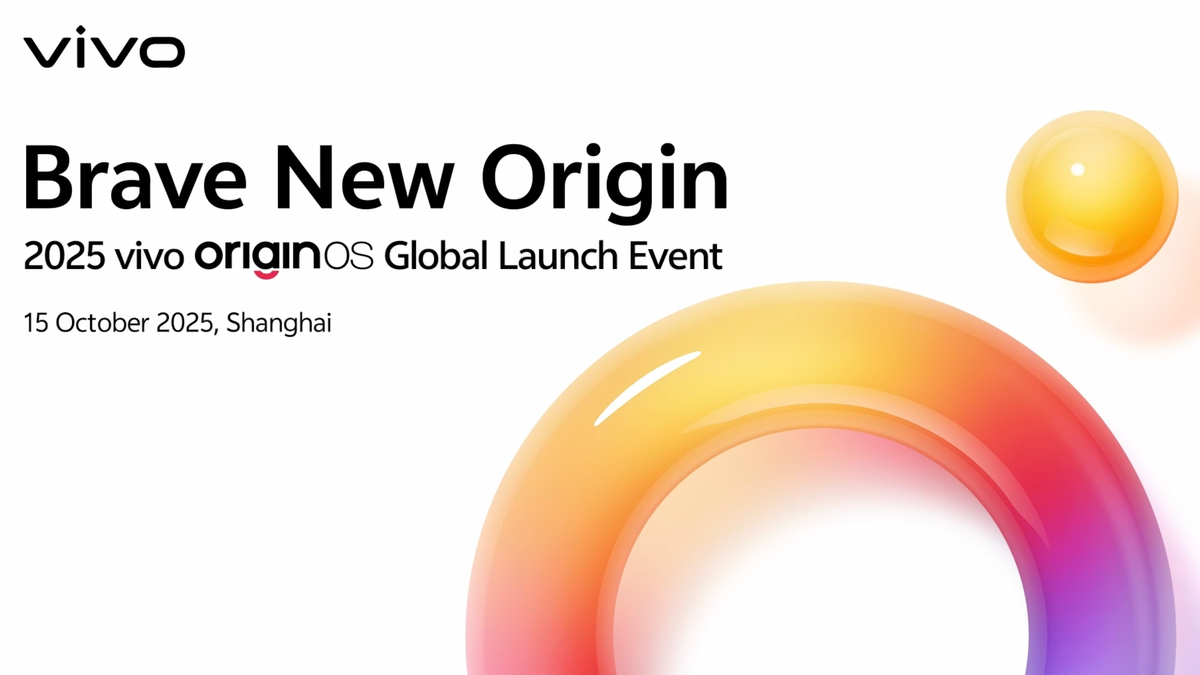The Samsung Galaxy XR viewer will be officially presented in a few weeks, but an interesting leak has given us all its details. And it aims very well to compete with Apple’s Vision Pro and also to boost a virtual/augmented/mixed reality market that is far below the great expectations it generated.
Samsung has developed ‘Project Moohan’ in collaboration with Google and Qualcomm. The viewer will work under Google’s Android XR platforma new extended reality platform that represents another attempt by the industry to boost everything related to spatial computing technologies and 3D immersive content.
What is the Samsung Galaxy XR like?
The headset looks refined and futuristic in the leaked images, with an overall approach very similar to Apple’s Vision Pro. It has a curved front visor, a matte metal frame and soft-touch interior padding. Weighs only 545 gramswhich makes it lighter than Apple models, and includes a dial on the back strap to adjust the tension according to each user’s preferences.
Samsung has also added ventilation slots and removable light protectors, meaning the comfort of use (something the Vision Pro doesn’t shine at) is one of the company’s top priorities. While actual experience may vary, we can see that Samsung is looking to get users to use the headset for longer sessions.
Samsung seeks the best visual fidelity on the market. Galaxy XR reportedly features two 4K micro-OLED displays with a combined resolution of 4032 dpi. In theory, the Galaxy XR will offer sharper details than the Vision Pro, whose pixel density is 3386 ppi.
Powering the Samsung Galaxy XR will be Qualcomm’s Snapdragon It remains to be seen how it will handle applications in the real world and how well the industry will support them.
As for sensors, the glasses will have a set of six cameras that manage streaming, tracking and mapping, while AI-based eye and hand tracking enables intuitive navigation. Connectivity includes Wi-Fi 7 and Bluetooth 5.3, and users can expect approximately two hours of active use or 2.5 hours of media playback before needing to recharge.

Software-wise, the Galaxy XR runs the new Samsung One UI XRan interface that fuses mobile familiarity with spatial computing, similar to Apple’s approach with visionOS 26. The leak shows screenshots with apps like Camera, Gallery, Browser, YouTube, Netflix, Maps and Google Photos floating in 3D space. It also includes a persistent bar that houses the Google Gemini AI assistant, system shortcuts and search, transforming the headset into a true Android-based computing environment.
The Samsung Galaxy XR is expected to be officially presented at the end of October. There is talk of a Price of 1,800 to 2,000 dollars, a figure that places it in the professional field and not in the consumer field, but which is significantly lower than the cost of Apple’s Vision Pro.










